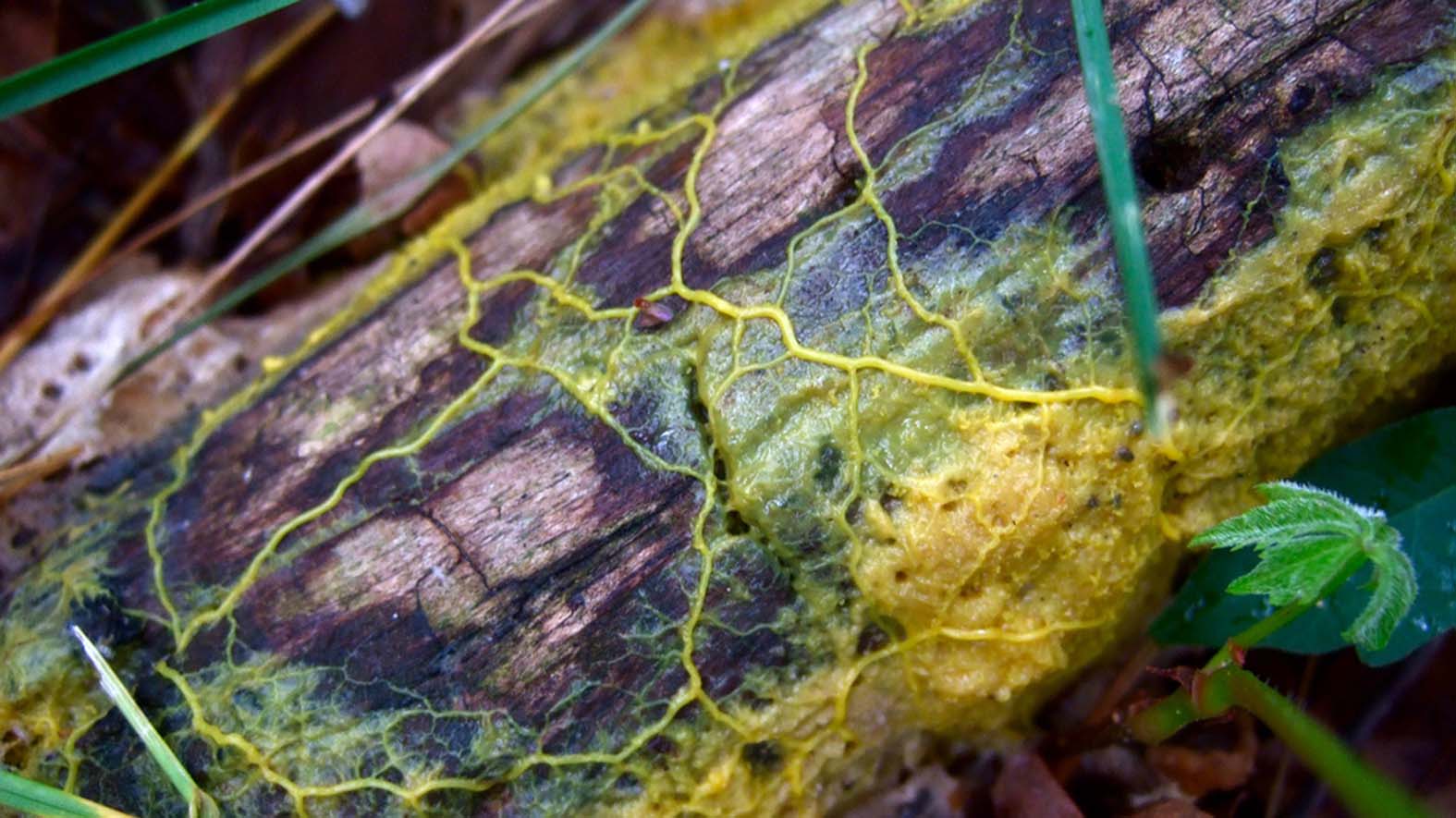
Photo: frankenstoen - flickr
Documentary Recommendation for the Corona Period
The Blob – Slimy Superorganism is all about a fascinating single-celled creature
A current ARTE documentary sheds light on the abilities of the Physarum polycephalum slime mold and provides insights into a world where intelligence functions without a brain.
“Humans are unique. That is the guiding principle of our society,” explains the biophysics professor Hans-Günther Döbereiner from the Institute for Biophysics at the University of Bremen. By means of research in the natural sciences, it is becoming clearer that “deliberated and methodical thinking” also exists in living beings from which one would not expect it. “The concept of intelligence is slowly being broken down.”
Slime Mold Research at the University of Bremen
Professor Döbereiner’s research is part of the The Blob – Slimy Superorganism documentary. The film shows the research on slime mold undertaken by scientists from Europe, Japan, and the USA. The film can be streamed via the ARTE media library.
The biophysicist emphasizes that we should understand intelligence as being the ability to solve complex problems. As an example, he names slime mold, on which he is carrying out research with his working group. “Slime mold is neither flora nor fauna. Around two billion years ago, slime mold moved away from the joint predecessors of the fungi, plant, and animal kingdoms.” From a human perspective, slime mold is, as a single-celled organism, primitive. “However, that one cell is a highly complex system.”
“Ideal for Researching Cognitive Abilities”
According to Professor Döbereiner, slime mold is the ideal object for researching simple cognitive ability. “Slime mold pulsates and create extensive networks of arteries. We want to understand how and when these networks change.” Experiment on the biological physics of cell movements shows that slime mold can utilize memories. “Its natural habitat is dark and damp, it does not like light. My colleagues shone light for a short period onto the slime mold every hour for three hours. Each time, the slime mold stopped moving. After the fourth hour, the mold was not exposed to light but decided to stop moving anyway – thus, the mold remembered the light.” Physarum can also find the shortest path in a maze and can create transport networks that are shockingly similar to real trainlines. “If two slime molds merge, one can teach the other what it has learnt so that the entire slime mold structure can apply the new information.”
“Naturally, we think of the cognitive abilities of humans when we hear the term ‘learn’,” says Professor Döbereiner. Memories from the nervous system are usually saved in the brain. This cannot obviously be done by Physarum, as it has neither a brain nor a nervous system. However, if we understand “learn” to mean remembering something in order to derive a behavioral change in the future, then slime mold can learn, states the biophysicist. Nether the size of a brain nor the number of nerve cells say anything about the intelligence of a living being.
Nomination for the Best European Science Film 2019 / 2020
In the summer of 2019, the documentary celebrated its world premiere at the Silbersalz Festival and was subsequently shown at Pariscience – International Science Film Festival 2019. The documentary is one of six nominations for the Best European Scientific Film 2019 / 2020, which will be announced on May 31 at the Krakow Film Festival.
Christina Oettmeier, a postdoctoral researcher in Professor Döbereiner’s working group, also spoke with the well-known science youtuber Dr. Whatson about slime mold. The video has received nearly 130,000 clicks since November.
More
The film can be streamed via the ARTE media library.